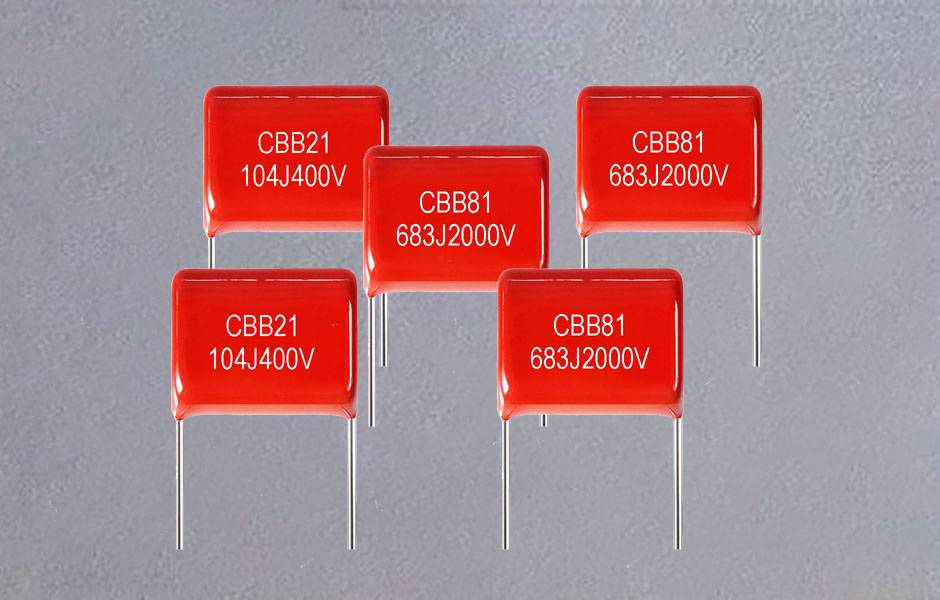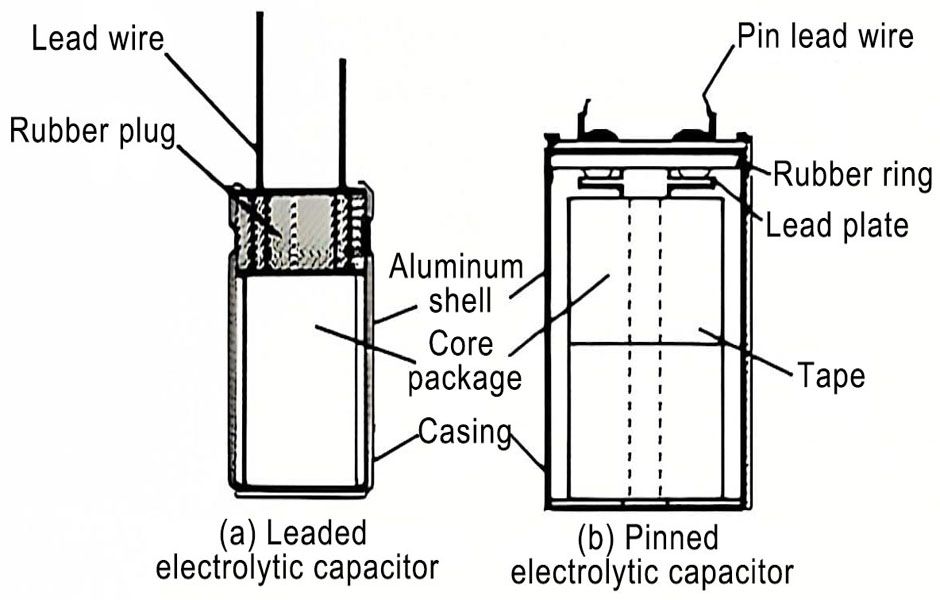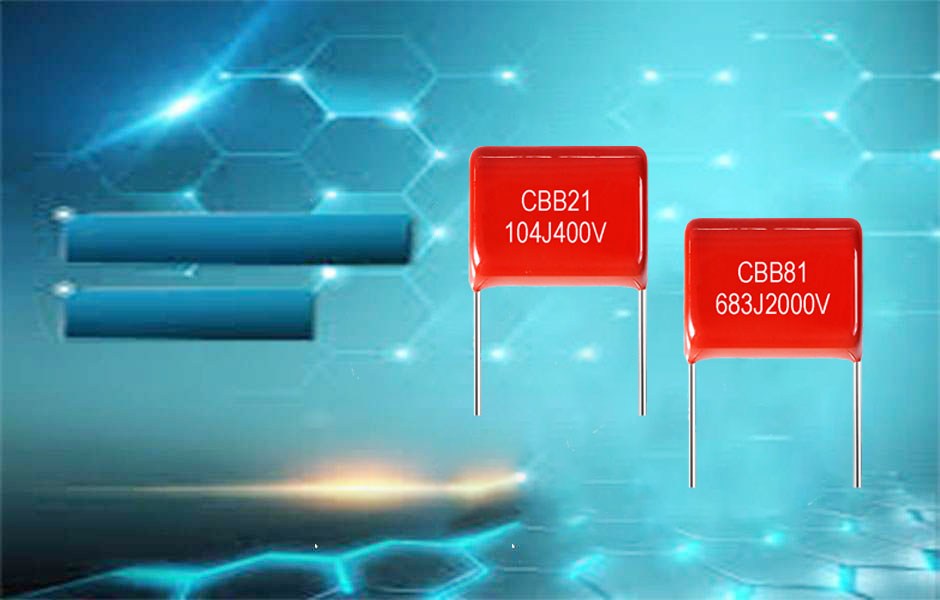Combines the advantages of solid-state and electrolytic capacitor
Electrolytic capacitor (abbreviated as E-cap) has the characteristics of large capacity and low price, and is widely used by various electronic products, especially PC. Because the electrolytic capacitor has a polar design, it is suitable for filtering and rectification in DC circuits. However, there are many shortcomings of electrolytic capacitors, such as a significant reduction in service life at high temperatures and major use problems such as “explosive”. Therefore, capacitor manufacturers have always strived to overcome their shortcomings, and the latest products are hybrid capacitors (Hybrid Capacitors). This technology was developed by Japanese manufacturers in 2011, and samples have been introduced to manufacturers for testing within this year. It combines the advantages of traditional electrolytic capacitors and solid capacitors, and is expected to bring major changes to electronic products.
Main features of aluminum electrolytic hybrid capacitor technology
There are many hybrid capacitor products, but this article mainly discusses hybrid electrolytic capacitors (hereinafter referred to as hybrid capacitors), because the computer mainly uses such capacitors, so the introduction of this article is also based on this.
Hybrid capacitors are currently mainly promoted by NCC (Nippon Chemi-Con) and Panasonic, two major Japanese capacitor manufacturers. The full name is Hybrid Construction Aluminum Electrolytic Capacitors, and the solid capacitor name is Conductive Polymer Aluminum Solid Electrolytic Capacitors. It can be seen that both belong to aluminum Electrolytic capacitors, but hybrid capacitors combine Liquid and Conductive polymer two different electrolytes (Electrolyte), which have the advantages of both such as:
◆ Longer service life
◆ Lower ESR
◆ Higher Ripple Current
◆ Higher working temperature
◆ Higher working pressure
◆ Higher capacity
Congenital solid capacitors are less than one: voltage and capacity
Hybrid capacitors are mainly aimed at the deficiencies of solid capacitors and traditional electrolytic capacitors, so its advantages are also the disadvantages of these two products. For solid capacitors, the biggest disadvantage is that the operating voltage is relatively low, generally around 6.3V to 16V, and special models can reach 63V. As for the capacity, solid capacitors are generally 330μF and 560μF. Because of the insufficient capacity of a single capacitor, multiple capacitors are used in series to supplement the required capacity and occupy valuable PCB space. In contrast, traditional electrolytic capacitors have almost no upper limit on voltage and capacity. Even considering the small package similar to solid capacitors, it is not difficult to provide 50V 1000μF.
In view of the shortcomings of solid capacitors, although hybrid capacitors cannot provide the voltage and capacity of traditional electrolytic capacitors, it is known that the highest voltage has been introduced as 100V, or 6.3V 1000μF.




